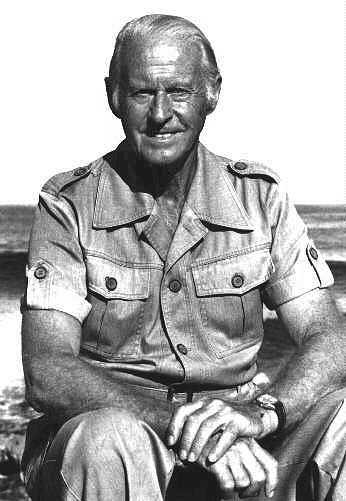...all the Butter Churns
Evidence for the use of butter dates back as early as 2000 BC, and there is mention of it in biblical works. The butter churn itself may have existed as early as the 6th century AD, as can be seen by what appears to be a churn lid dating from that era.
In the European tradition, the butter churn was primarily a device used by women, and the churning of butter was an essential responsibility along with other household chores. In earlier traditions of butter making, nomadic cultures placed milk in skin bags and produced butter either by shaking the bag manually, or possibly by attaching the bag to a pack animal, and producing butter simply through the movement of the animal. Some theorists believe this is how the butter creation process was discovered. Some cultures still use a process similar to this, whereby a bag is filled with milk, tied to a stick, and vigorously shaken.
Rocker churns
The earliest churns were goatskins or other primitive containers in which cream could be agitated. Skin bags were sometimes used by Asian nomads to turn their cream into butter just by shaking the skin bags till the butter was formed.
A rocker churn used on the Barthelemy farm near St. Cloud. Children had the task of rocking the churn. It is a Davis Swing Butter Churn #5, manufactured by the Vermont Farm Machine Company, Bellows Falls, Vermont.
 |
Davis Swing Butter Churn #5
by the Vermont Farm Machine Company |
Dash or Plunger churns
The dash churn , familiar to farm homes for centuries, consisted of a tall, narrow, nearly cylindrical stone or wood tub fitted with a wooden cover. The cream was agitated by a hand-operated vertical wooden plunger, stave, or dash. Also named plunger churn, dates from 19th century. It was called a plunger churn because the dairymaid plunged the tool up and down vigorously. It was also known as the Scottish churn. Butter churners like this one were used in many dairy farms in the 19th century along with the milking stool, butter pats and butter prints.
Paddle churn
A wooden box or earthenware crock had a paddle inside attached to a rod, which was turned by a handle on the top or side. These contraptions, which could also be metal, were widely sold as small, convenient household churns in 19th century America, like the wooden one in the photo (down). This sort of churn was also used for domestic butter-making in New Zealand.
 |
| Paddle Churn |
Wooden barrel churns
Another type, widely used in the 19th century, was shaped like a small barrel and mounted in a wooden cradle. Operation of a hand crank caused the barrel to revolve end over end. One of the early manufacturers was Blanchard Churn Company, probably of Nashua, new Hampshire. Around the Civil War times and after, the Union churn company was a major manufacturer, a typical model was a wooden three legged type.


Tin churns
Tin churns were made by numerous manufacturers in the latter 1800's. One of the most common were the metal Dazey Churns. These were made in sizes from 1 Gallon to at least 16 gallon types. Most of the larger ones were powered by some external source, other than a hand crank. Some of these older churns had a two handled crank operation, sort of like a bicycle peddle mechanism.
Stoneware churns
In the later part of the 1800's Stoneware churns were fairly common. Many of these had advantages to offer with the designs and decorations that were part of there outside coating. Galling numbers was common with these churns.
Glass churn jars
Millions of hand-turned glass churn jars were used from the early 1800s through the 1950s or 1960s. Glass butter churns, made in the 1960s, came with electric motors. The evolution of home butter churns continued right up to the point where people started buying butter instead of making it.
 |
| Glass Churn |
Industrial Churns
With the advent of the cream separator in the late 19th century, the manufacture of butter moved from the farm to the factory.
Modern industrial churns are large, barrel-shaped, revolving containers in which the cream is agitated until the microscopic fat globules clump together. The liquid buttermilk is drained, and the butter is washed with sterilized water. Continuous churns, developed in Europe in the 1930s, can produce a ton of butter per hour.
 |
| Industrial Churn |















































